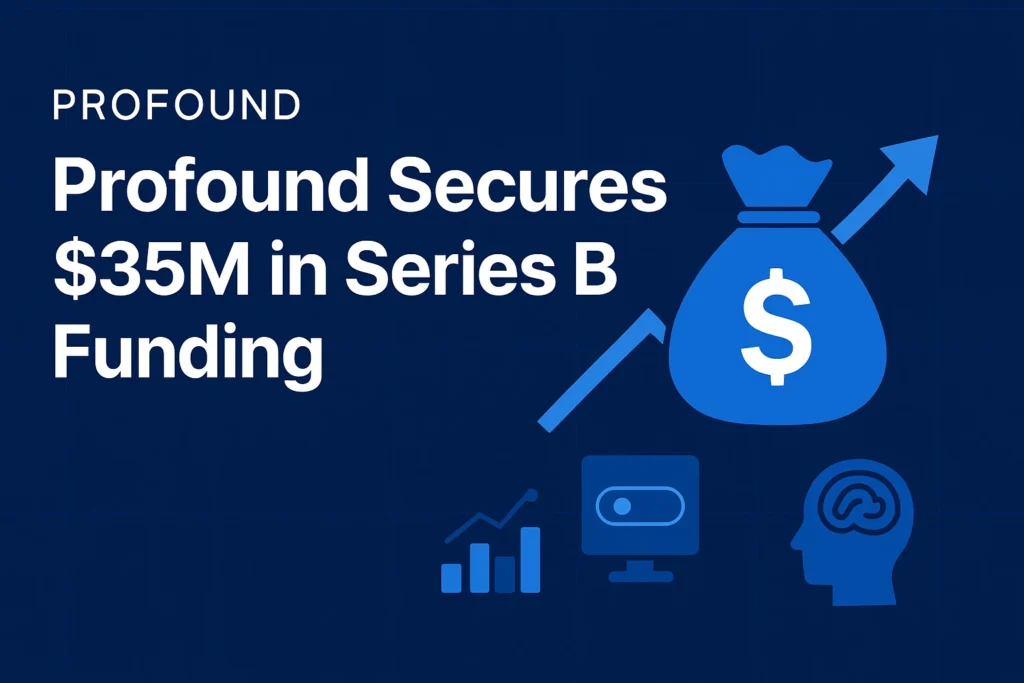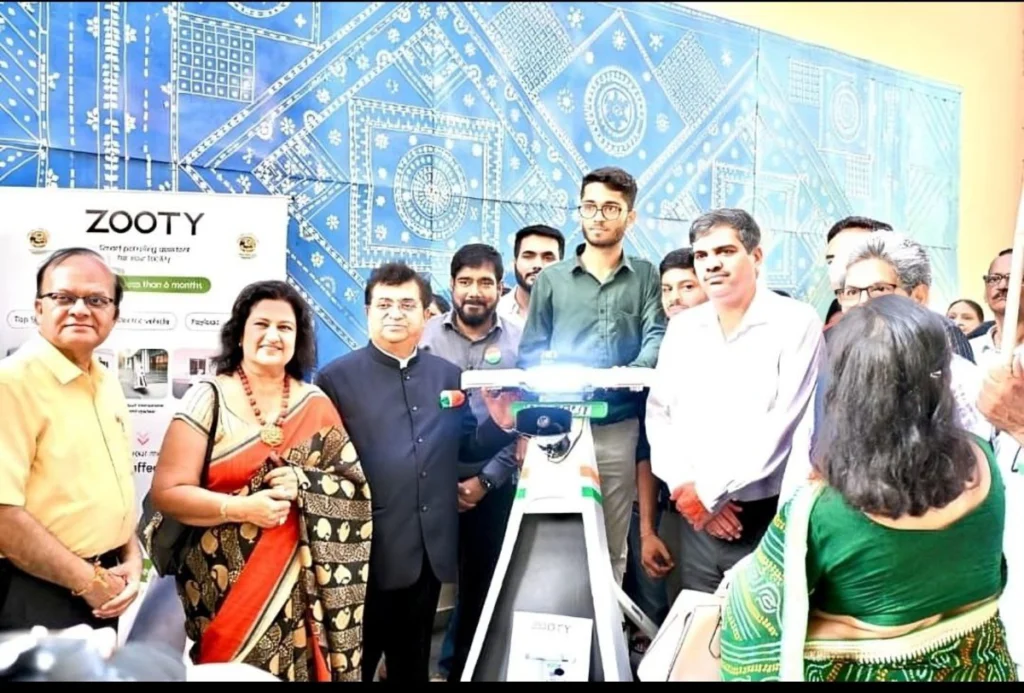| Category | Details |
|---|---|
| How CyberRidge Started | Business Model of CyberRidge: CyberRidge was Founded by Professor Dan Sadot in Tel Aviv, Israel, leveraging nearly 30 years of optical communication research at Ben-Gurion University. The company emerged from recognizing an existential cybersecurity threat: over 95% of international data flows through fiber-optic cables vulnerable to “harvest now, decrypt later” attacks where adversaries capture encrypted data today and store it until quantum computers become powerful enough to break current encryption within seconds. Traditional encryption assumed computational complexity would protect data, but quantum computing advances compressed threat timelines dramatically. Sadot’s breakthrough approach eliminated data recording capability entirely through photonic manipulation rather than relying on mathematical encryption that quantum computers will eventually crack. |
| Present Condition | CyberRidge emerged from stealth in 2025 with $26 million total funding—$10 million seed led by Canadian-Israeli investment group Awz, followed by $16 million extension from Arkin Capital, Redseed VC, Elron Ventures, and EU Horizon-EIC program. The technology is already deployed by leading global telecommunications providers, defense agencies, and intelligence organizations across Europe, Singapore, Australia, and Israel’s military intelligence units. Current prototype stage targets production hardware by March 2026. The system integrates as plug-and-play solution into existing fiber infrastructure without requiring cable replacement—critical adoption advantage over competing quantum-resistant approaches requiring wholesale infrastructure overhaul. |
| Future of Company and Industry | Production hardware of CyberRidge launches March 2026 targeting telecommunications companies, hyperscale cloud providers like Amazon Web Services, and large financial institutions through flexible business models including direct purchase, leasing, and subscription-as-a-service. The quantum security market is projected to explode from approximately $700 million today to $10 billion by 2030 at over 50% compound annual growth. Quantum cryptography specifically grows from $750 million in 2025 to $2.70 billion by 2030, while submarine cables market expands from $31.65 billion in 2025 to $49.31 billion by 2033. The convergence creates perfect timing where data transmission infrastructure investment accelerates yet security layers lag dangerously behind quantum threat advancement. |
| Opportunities for Young Entrepreneurs | Quantum-resistant infrastructure of CyberRidge represents massive untapped opportunity across multiple verticals! The physical layer protection approach demonstrates that hardware solutions solving fundamental physics problems can compete against established software cybersecurity giants. Young founders should explore specialized security for critical infrastructure: power grid communications, satellite networks, IoT device networks, autonomous vehicle coordination, and healthcare device transmissions all face similar quantum vulnerability without viable protection. The key insight: focus on preventing data capture entirely rather than strengthening encryption complexity. Deep-tech startups combining academic research partnerships with strategic capital from impact investors can compress development timelines while maintaining technical rigor. |
| Market Share | Operating as first-mover in photonic layer encryption for fiber-optic infrastructure, CyberRidge , though exact market share percentages remain undefined in this nascent category. Competitive landscape includes Quantum Key Distribution providers like ID Quantique and Post-Quantum Cryptography software vendors, but these address different vulnerability layers. With 97% of worldwide internet traffic flowing through submarine cables and telecommunications providers, cloud hyperscalers, and financial institutions representing addressable customers, the total serviceable market spans tens of billions annually. Early deployment partnerships with defense agencies and telecommunications operators across multiple continents position the platform for network effect advantages as quantum threat awareness accelerates enterprise adoption urgency. |
| MOAT (Competitive Advantage) | CyberRidge centers on physics-based protection impossible to replicate through software improvements. The proprietary photonic key changes every fraction of a second and must be present at the exact moment light signal arrives—creating temporal security quantum computers cannot retroactively compromise. Unlike Post-Quantum Cryptography vulnerable to future mathematical breakthroughs or Quantum Key Distribution protecting only encryption keys, this approach eliminates payload data recording capability entirely. Each deployment generates proprietary implementation data improving wavelength distribution algorithms and temporal synchronization precision—knowledge competitors cannot access without similar telecommunications provider partnerships. Professor Sadot’s 30 years optical communication research creates technical expertise barriers requiring deep physics understanding beyond typical cybersecurity software development capabilities. |
| How CyberRidge Makes Money | Revenue flows from hardware sales, leasing arrangements, and subscription-as-a-service models selling photonic encryption devices integrating into existing fiber infrastructure at network nodes, data centers, and submarine cable landing stations. The business model monetizes physical devices rather than software licenses—capital-intensive initially but creating recurring revenue through maintenance contracts, software updates optimizing photonic algorithms, and capacity upgrades as data transmission volumes increase. Telecommunications providers pay for protection enabling premium security-tier service offerings to enterprise customers transmitting sensitive financial, government, or healthcare data. The subscription model generates predictable recurring revenue while reducing customer acquisition friction compared to large upfront hardware purchases, particularly attractive for cloud providers and financial institutions requiring budget flexibility while deploying quantum-resistant infrastructure preemptively. |
I’m Araib Khan, an author at Startups Union, where I share insights on entrepreneurship, innovation, and business growth. This role helps me enhance my credibility, connect with professionals, and contribute to impactful ideas within the global startup ecosystem.




